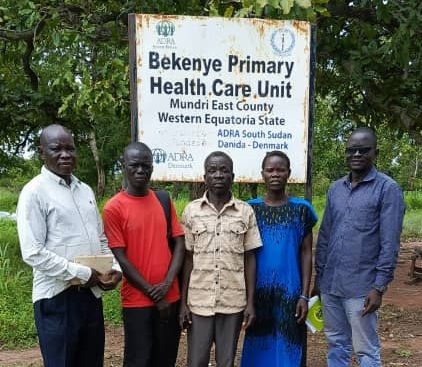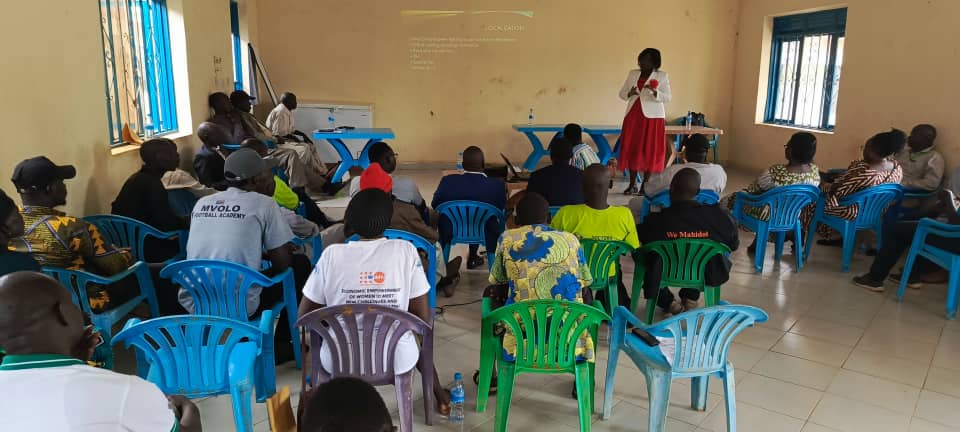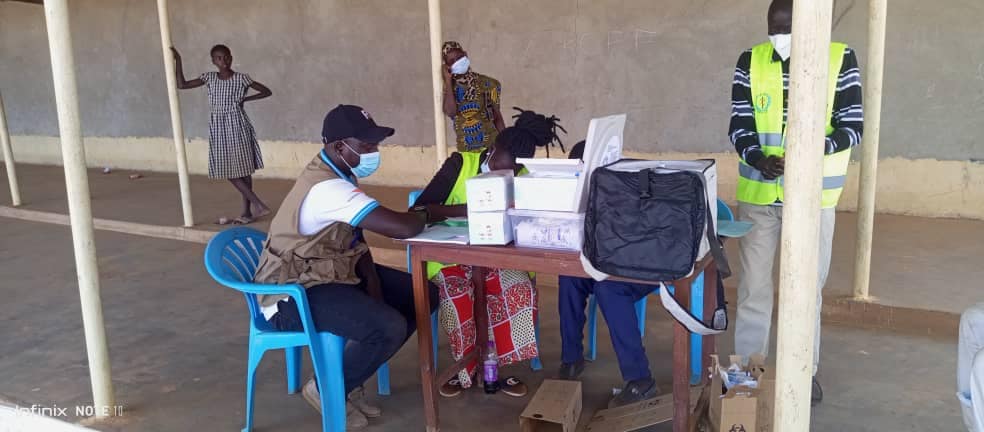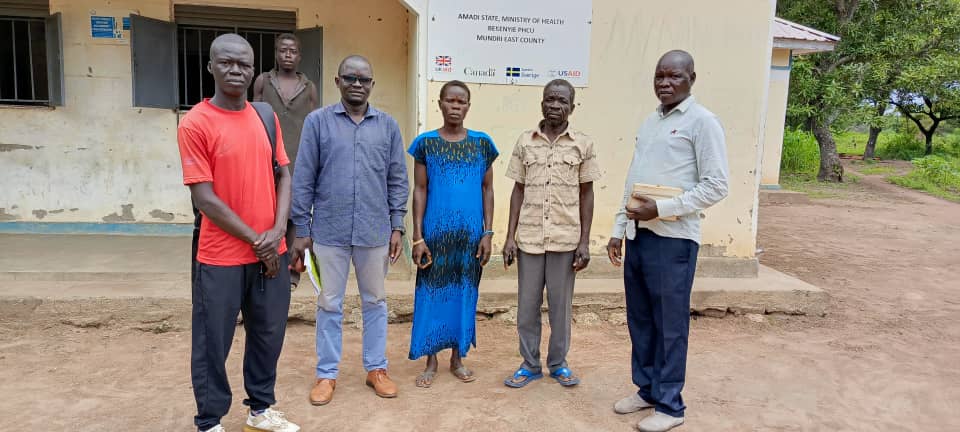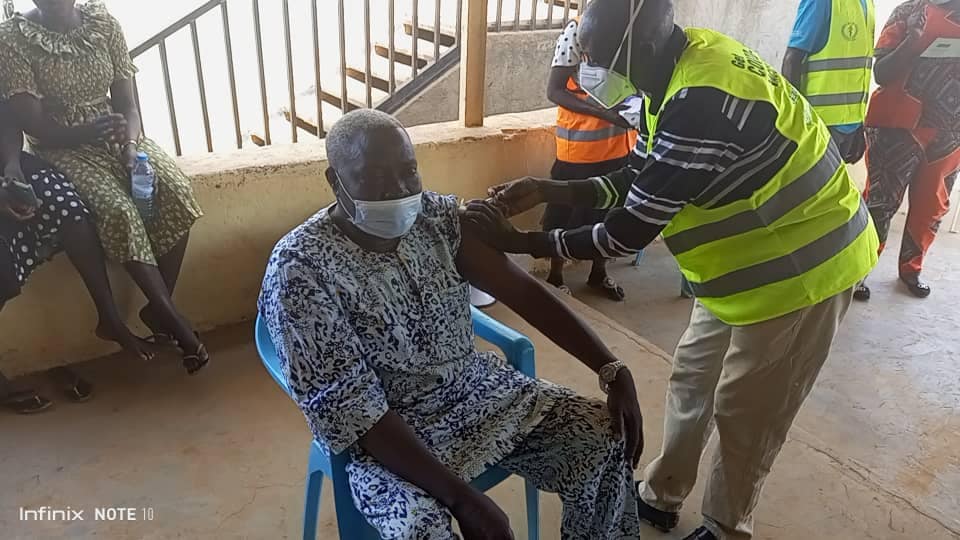Health and Nutrition.
Delivering health care to the populations in low income countries is a huge challenge to both the public and private sector and it’s even worse in war torn countries. SPEDP continues to play a crucial role in the health and nutrition sector in delivering quality health care to various communities using integrated approaches to increase access to curative and preventive health and nutrition services.
Purpose: SPEDP aims to improve the health and well-being of people by addressing their Health and Nutrition challenges in order to prevent, manage, and build community resilience, sustainable food systems, and equitable access to Health and Nutrition. Our main objective is to ensure access to quality health care and wellbeing for vulnerable communities through integrated programming, to populations during humanitarian crises and development. SPEDP provides multispectral response to internally displaced people, returnees, refugees and host communities. SPEDP’s community-based approach is designed to build resilience, reduce and mitigate diseases as it works with the communities in finding durable solutions.
Goals: SPEDP Aspires to achieve the following health goals;
- Enhance Nutrition: SPEDP strives to improve nutrition outcomes by promoting BEST START IN LIFE (Early initiation of the Breast milk to the child at the first hour of birth to stimulate the production of Colostrum which is the first Vaccine a child receives , Exclusive breastfeeding up to 6 months and supplementary from 6 months above while maintaining Proper WASH and continued breastfeeding up to 2 years and beyond , healthy eating habits during Maternal Nutrition , ensuring access to diverse and nutritious foods through establishment of kitchen gardens , and addressing micronutrient deficiencies.
- Prevent Disease: SPEDP focuses on preventing diseases (e.g.,…,,,,) through education, advocacy, and policy changes.
- Reduce Health Disparities: SPEDP works towards health equity, especially for vulnerable populations, by addressing social determinants of health.
- Strengthen Health Systems: A resilient health system is essential for people to have continuous access to affordable and quality health care. SPEDP collaborates with governments and other stakeholders to build robust health systems that prioritize Health and Nutrition.
Objectives:
- Nutrition Education: SPEDPs educate communities about balanced diets food (Which can be achieved through establishment of kitchen gardens ), safety, and healthy cooking practices mostly through cooking demonstrations
- Advocacy and Policy: SPEDP strongly advocates for policies that promote Health and nutrition, such as breastfeeding support.
- Community Engagement: SPEDP deeply involves community members in designing and implementing its Health and nutrition programs.
- Research and Data: SPEDP collects data on Health and Nutrition programmes, monitor progress, and evaluate program effectiveness.
- Partnerships: SPEDP collaborates with other organizations, including UN agencies and local communities to maximize impact and create a healthier environment

